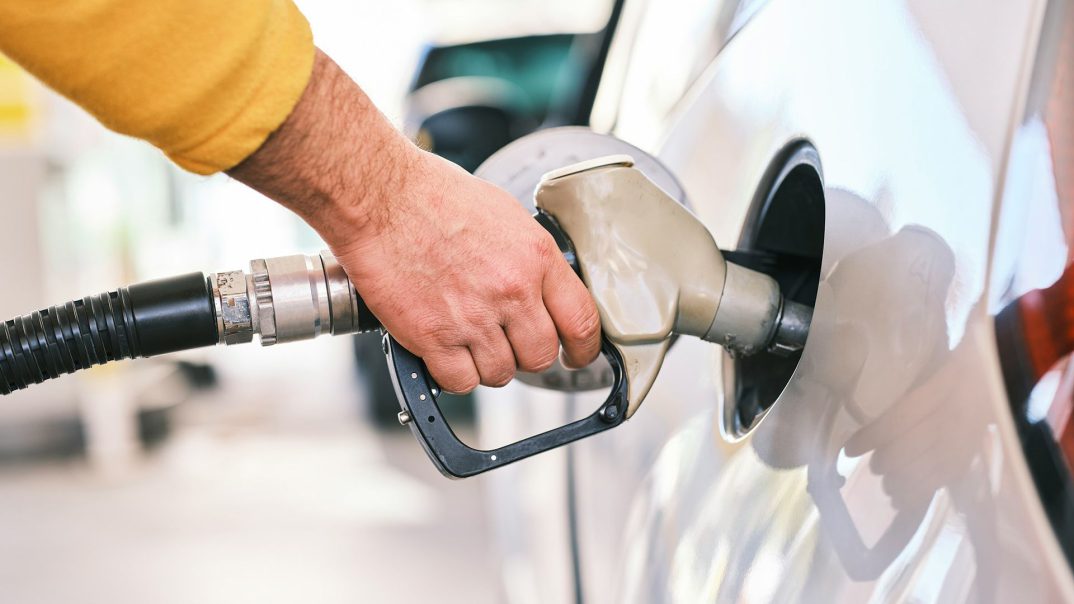If you get the sense that gas prices are high, you’re not alone. Though the average price per gallon of 87 octane has dropped from an all-time high of $4.33 back in June 2022, that figure is currently sitting at $3.26, according to AAA. While you may not have much control over the price of gas, you can have an impact on how much money you spend on fuel.
There are some straightforward and practical tips you can implement right away to decrease your fuel budget. The speed demons out there may not like some of them, but few will argue against saving money when it comes time to fill up the tank. Here’s our cheat-sheet for how to get better gas mileage.
These 10 tips have been researched for accuracy and we provide sources to substantiate the efficiency claims at the end of this article.
1 Buy The Right Car For Your Needs
If You Don’t Need A V6…
Toyota
The best way to decrease what you spend on gas every month is to focus on the car that best suits your needs. The automotive landscape in America is awash in three-row SUVs at the moment, and hulking pickup trucks remain popular. It stands to reason that cars like the Chevrolet Tahoe, which boasts a powerful 5.3-liter V8 engine under the hood, are by no means frugal. But, you’d likely know that when buying the vehicle. If you’re buying a mainstream family hauler like the Ford Explorer, however, you get slightly better fuel economy than the Tahoe, but at 18/24/20 mpg combined with the V6 engine, it’s still not particularly efficient.
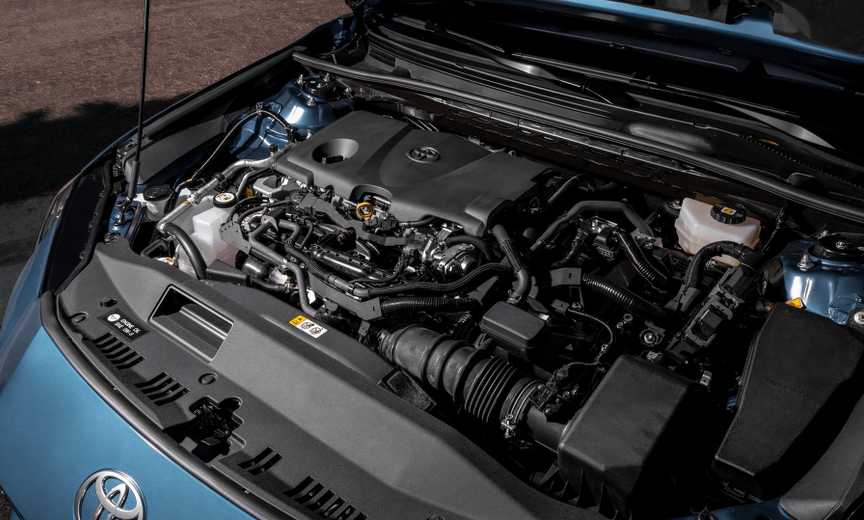 Related
Related
10 Best Engine Technologies That Drastically Improved Gas Mileage
These technologies turn away from chasing impressive outputs, and instead focus on how to save you money at the gas pump.
Over at Toyota, the Grand Highlander Hybrid is another three-row SUV of similar size to the Explorer, but one that takes improving gas mileage to another level. In its base front-wheel drive spec, the big Highlander is rated for 36 mpg combined. If the Toyota will get the job done for you, going the hybrid route may be a better pick for your needs from a fuel efficiency perspective. But even if you don’t want to go the hybrid route, there are other options in the Ford Explorer lineup, for example, that will give you better efficiency. While the top engine in the range – in terms of power and performance – is the 3.0-liter V6, you also have access to a 2.3-liter EcoBoost inline-four that is much more frugal:
|
Model |
Engine |
Outputs |
Gas Mileage |
Annual Fuel Cost |
|---|---|---|---|---|
|
2025 Ford Explorer – Base engine with RWD |
2.3-liter Inline-4 |
300 hp | 310 lb-ft |
20/29/24 mpg |
$2,000 |
|
2025 Ford Explorer – Top spec with RWD |
3.0-liter V6 |
400 hp | 415 lb-ft |
18/25/21 mpg |
$2,250 |
|
2024 Toyota Grand Highlander |
2.4-liter four-cylinder |
265 hp | 310 lb-ft |
21/28/24 mpg |
$2,000 |
|
2024 Toyota Grand Highlander Hybrid |
2.5-liter hybrid four-cylinder |
245 hp combined |
37/34/36 mpg |
$1,300 |
As per the EPA
Going hybrid is clearly the way forward if fuel efficiency is a priority for you, but checking the specs of the various power- and drivetrain configurations on offer can also help you save a couple of hundred dollars per year, too.
2 Make Use Of Cruise Control
Keep It Consistent
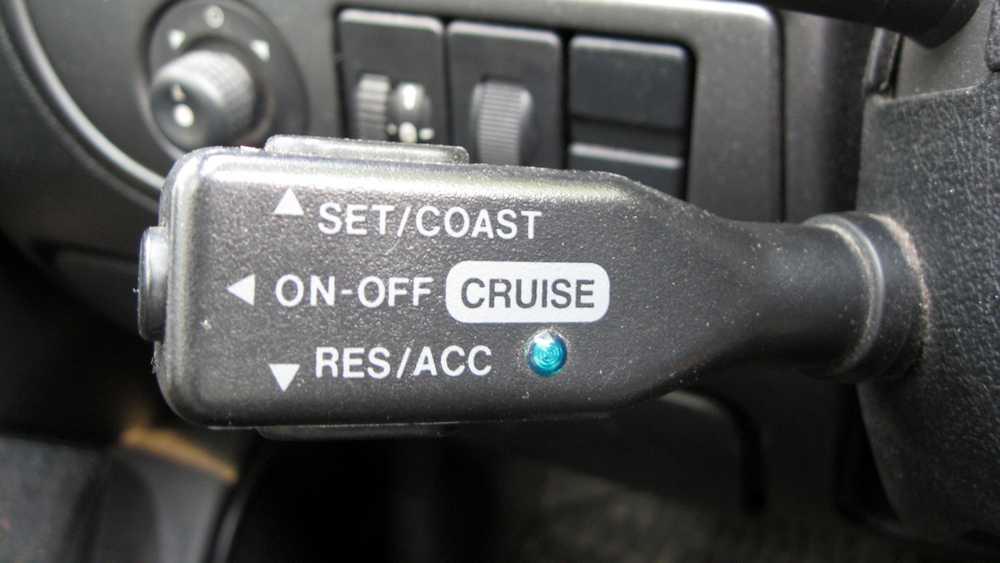 Wikimedia Commons: Santeri Viinamäki
Wikimedia Commons: Santeri Viinamäki
Cruise control enjoys a reputation for providing better gas mileage than managing vehicle speed manually. But the truth is nuanced. According to JD Power, varying your speed between 47 and 53 mph every 18 seconds can increase fuel consumption by up to 20%. That implies that frugality is promoted through maintaining a constant speed, rather than changing up how fast or slow you’re going continuously.
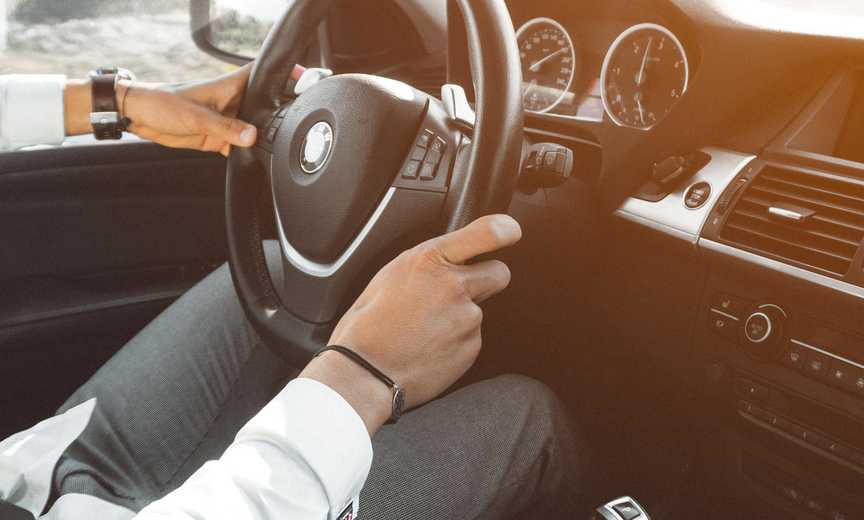 Related
Related
What You Need to Know About Cruise Control
Are advanced adaptive cruise control systems worth it?
However, that assumes a flat road. In hilly areas, cruise control cannot differentiate between flat and steep sections, but will keep that speed pegged. That means during a descent, the engine could be working harder than if allowed to coast, for example. Incorporating cruise control into your tool kit of gas savers is a great idea – but know when to use it. If you’re going to have significant ups and downs terrain-wise, it may be best to take control yourself. On flatter, open roads, cruise control can help you save anywhere between 7 and 14% on gas.
3 Check Your Tires Frequently
Under Pressure
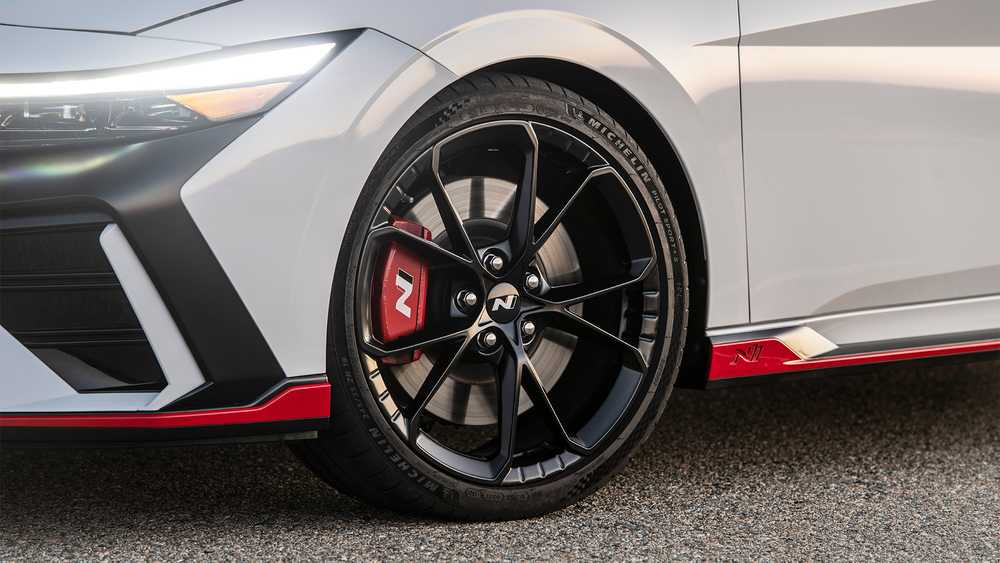 Hyundai
Hyundai
It may be easy to forget to check the pressure of your car’s tires, especially in models without a tire pressure monitoring system. But, you may want to set a reminder as this seemingly innocuous tip can drive significant gas mileage benefits. It’ll also have you hypermiling like a boss in no time.
Vehicles with tires inflated at 50% of the recommended pressure used 5–10% more fuel. It should be noted that underinflated tires not only waste fuel but also pose serious safety risks.
– US Department of Energy
According to the US Department of Energy (DOE), driving between 40 and 80 mph with your tires at 75% of the recommended pressure can take a 2-3% bite out of fuel efficiency. Let them drop to 50% of the suggested pressure and that penalty jumps to as much as 10%. Plus, underinflated tires create other problems like premature wear, poor handling, and increased risk of a blowout.
4 Premium Gas vs. Regular Gas
Hear Us Out…
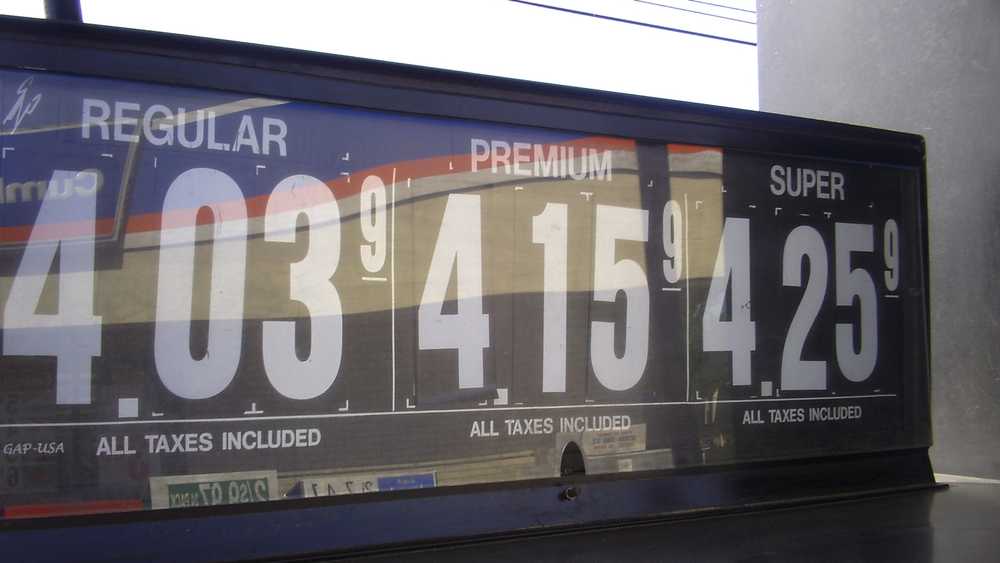 Wikimedia Commons: Lord Laitinen
Wikimedia Commons: Lord Laitinen
These days, manufacturers often boast new car engine output figures with an asterisk. Read the fine print, and you may find a note that those figures are predicated on using premium gas. The 2025 Mazda CX-50 is a good example; with 87 octane gas, the top-spec models make 227 horsepower, but with 93 octane, that bumps up to 256 hp. The difference might be 29 hp, but there’s no difference in gas mileage estimates between the two.
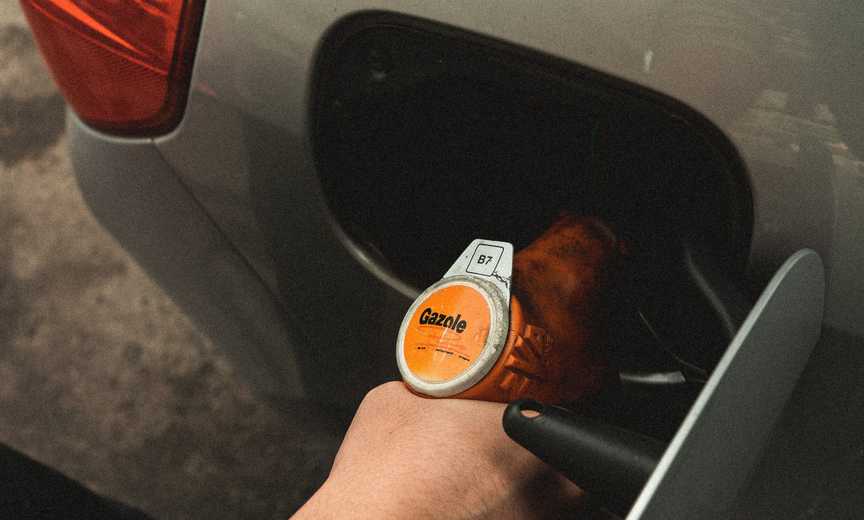 Related
Related
Understanding Gas-Powered Cars And Their Fuel Options
A look at the different types of gasoline and how each affects car performance
Though varying fuel octanes impact the performance of a car – marginally – it has vrtually no impact on gas mileage. According to a Car and Driver test of a 2019 Honda CR-V, fuel economy at 75 mph with 93 octane in the tank yielded 27.6 mpg. Swapping in 87 octane moved that metric to just 27.3 mpg – or about 1% drop. However, higher octane fuel costs more: a price per gallon increase of around 14% between the two octanes is common, with high-test fuel being much pricier. That means you’re spending more to fill up the tank. That’s obviously worthwhile if performance is your focus, but if efficiency is, that may not be worthwhile.
5 Stick To The Rules
Speed Limits Help
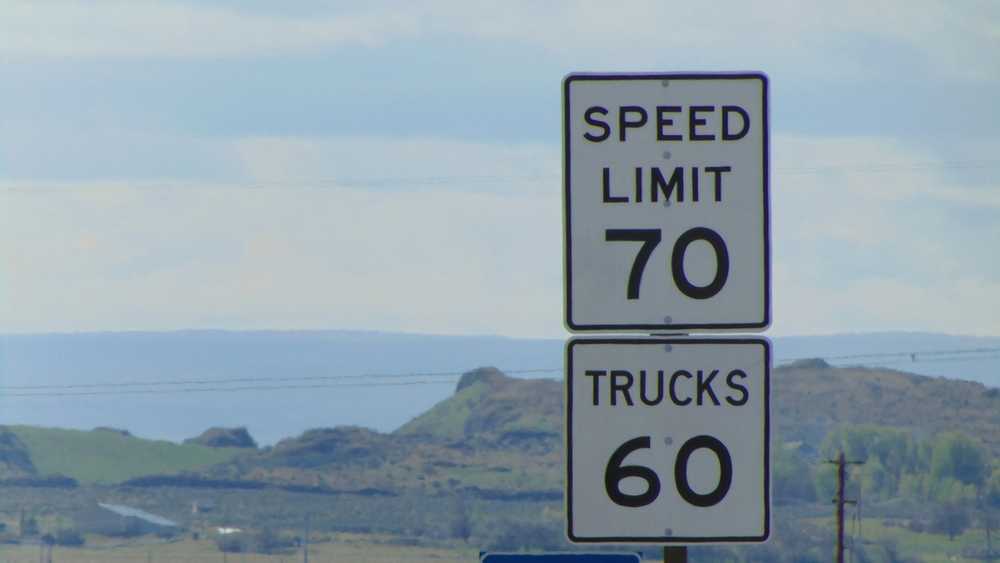 An Errant Knight
An Errant Knight
Hey speed demons, did you know speeding and aggressive driving are doing you no favors at the gas station? According to the EPA, speeding, hard acceleration, and sharp braking can drop fuel efficiency by 15 to 30% at highway speeds, and up to 40% in stop-and-go traffic. Put another way, going 70 mph uses 15% more fuel than driving at 50 mph, and every 5 mph you drive beyond 50 mph is like spending an extra $0.27 per gallon of gas. So, take it easy on the throttle and you will get better gas mileage in the process. There’s also the matter of sticking to the rules of the road for, you know, safety.
6 Watch Your Weight
It’s Not What You Think
Nicole Wakelin/CarBuzz/Valnet
There’s a saying that every relationship consists of one person who loads the dishwasher like a Scandinavian architect and the one who does so like a raccoon gone crazy. The same thing applies to keeping cars clean and if you’re in the raccoon camp, you can save a bit of money on gas by leaning toward minimalist Scandinavian interior “design”.
![]()
Add CarBuzz to your Google News feed.
That’s because, according to the DOE, for every 100 pounds of extra weight you’re carting around inside your vehicle, there’s a 1% drop in fuel economy. That may not sound like much, but on a 3,000-mile cross-country road trip in a vehicle loaded to the gills, it can really add up. Of course, you have to genuinely be a hoarder to have 100 lbs worth of “stuff” in your car, but the same applies to carrying crates or luggage, extra equipment, and a whole host of passengers. In some cases, it can’t be helped – you can’t throw out passengers you have to transport – but one good way to improve your gas mileage is to make sure you’re only carrying the necessities with you on your daily commute; get rid of heavy items in the trunk that you don’t need on the daily.
7 Plan Your Route Beforehand
Winging It Hurts Economy
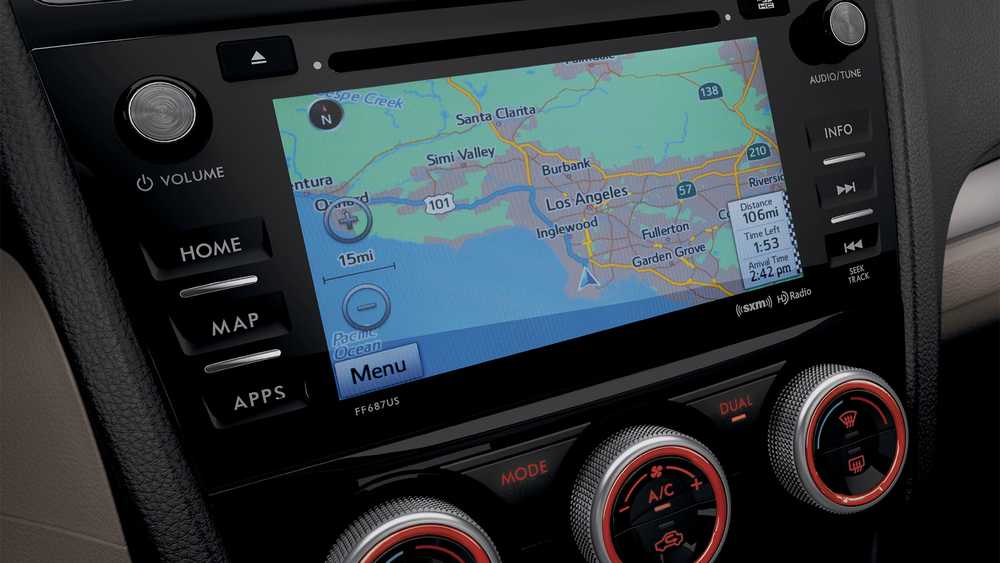 Subaru
Subaru
With the broad adoption of Apple CarPlay and Android Auto, it’s easier than ever to plan your drive before hitting the road, a move that hypermilers are fond of. It’s worthwhile when looking at how to increase mpg, because sitting in bumper to bumper traffic or taking the long route will most certainly use more fuel. Checking the road ahead helps you avoid traffic jams; according to the New York Department of Transportation, going from a dead stop to 5 mph requires 20% more fuel than doing the same from a slow start.
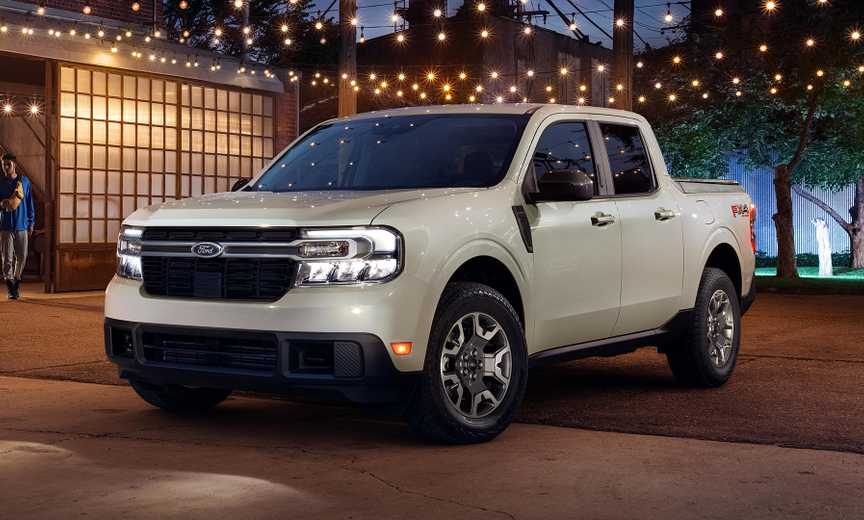 Related
Related
The Most Fuel-Efficient Trucks on Sale Right Now
Just because it’s a truck doesn’t mean it has to be a gas guzzler. Here’s a list of the most fuel-efficient trucks on the market.
Planning your route also means planning your driving time – avoid driving major roads during rush hour, as that increases the chances of traffic jams, erratic stop/starts, and variances in speed. You may also want to try and avoid areas with steep grades or loads of traffic lights and stop signs. All that stopping has the same effect as bumper-to-bumper traffic on fuel economy, while a steep incline will naturally consume more fuel as your car’s engine works to maintain speed.
8 Shift At The Right Time
Or Don’t Shift At all
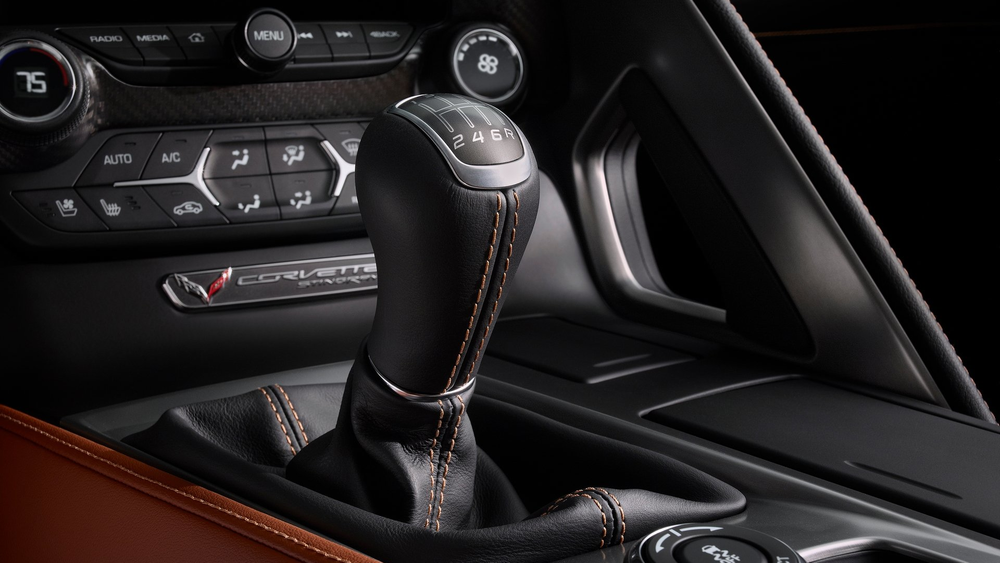 Chevrolet
Chevrolet
Manual transmissions in the USA are harder to come by these days. For those drivers still shifting their own gear, doing so is more exciting and engaging than allowing a CVT or auto to do the job for you. Historically, however, manual transmissions have a negative effect on gas mileage. Right off the bat, buyers whose sole focus is on spending as little on running costs as possible should consider automatic transmissions over the row-your-own kind.
|
2024 Honda Civic Hatchback Gas Mileage Comparison by Transmission |
||||
|---|---|---|---|---|
|
Engine |
Transmission |
Outputs |
Gas Mileage |
Annual Fuel Cost (est.) |
|
2.0-liter Inline-four |
6-speed Manual |
158 hp |
26/36/29 mpg |
$1,650 |
|
CVT |
158 hp |
30/38/33 mpg |
$1,450 |
|
|
1.5-liter turbo-four |
6-speed Manual |
180 hp |
28/37/31 mpg |
$1,550 |
|
CVT |
180 hp |
31/39/35 mpg |
$1,350 |
|
This goes for the majority of cars, although there are some exceptions to the rule. However, if you’re not keen on having an automatic transmission (which is valid for a variety of reasons) and you’re sticking with the self-shifter, then the best tip for maximizing fuel efficiency is to shift at the right time. Low RPMs are better for efficiency, but shifting too low can cause a stall, and shifting too high defeats the purpose. So how do you know when to shift? Simply put, if the engine is revving higher than necessary to maintain an even speed, you should’ve shifted already. Try to drive in the highest possible gear that doesn’t result in the engine struggling or threatening to stall; which – generally speaking – is around 2,000 rpm in most cases for mainstream cars.
Here’s a great video that explains the science behind this:
9 Keep The Windows Down
Versus Running the A/C
 Nicolas J Leclercq/Unsplash
Nicolas J Leclercq/Unsplash
As with using cruise control, improving gas mileage by simply keeping the windows closed isn’t so simple. At speeds above 40 mph, it does help, as closed windows translate to better aerodynamics (less drag) and slightly better fuel economy. However, if it’s hot outside, and you plan to run the air conditioning instead of opening the windows, you may want to think twice. That’s because running the A/C can reduce fuel economy by up to 25%, or one gallon of gas per full tank. So, under 40 mph, try opening the windows instead, as the drag doesn’t come into play as much, and you can limit how long the A/C is turned on.
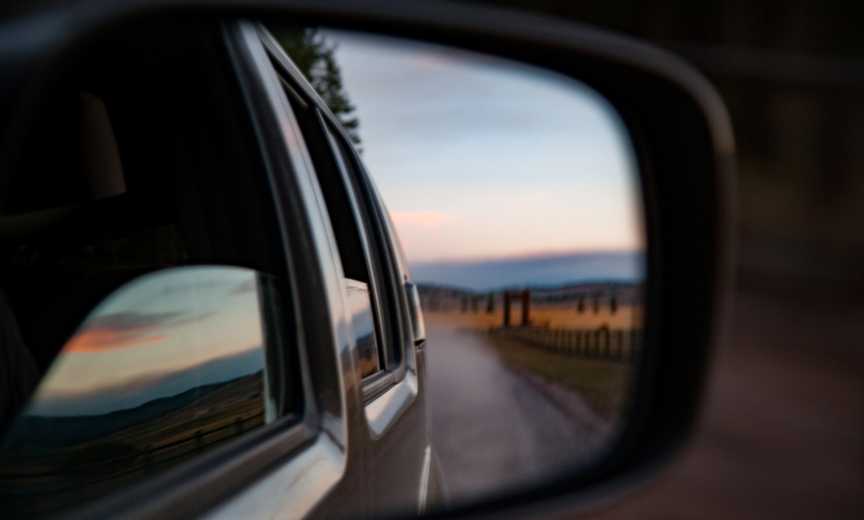 Related
Related
Air Conditioning Vs. Windows Down: Which Is Best?
Is the cost of using your car AC worth it when you could simply roll down your windows for free?
10 Avoid Rooftop Cargo Boxes
Because, Drag.
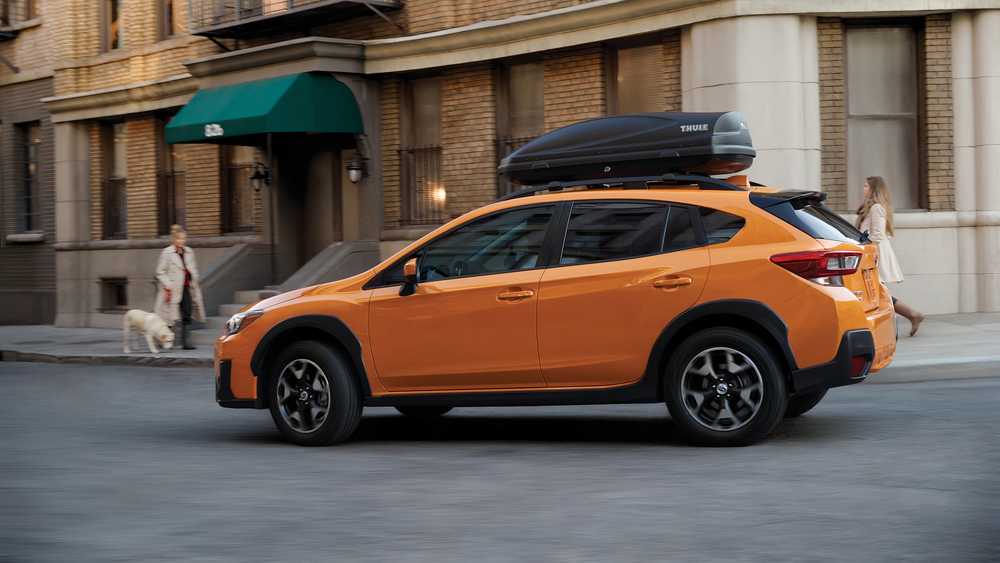 Subaru
Subaru
The “adventure lifestyle” so frequently portrayed in automaker marketing for SUVs and crossovers often includes something on the roof – a tent, a cargo box, and of course, a roof rack. All of these look neat in photos but aren’t great for those looking to stretch a gallon of gas.
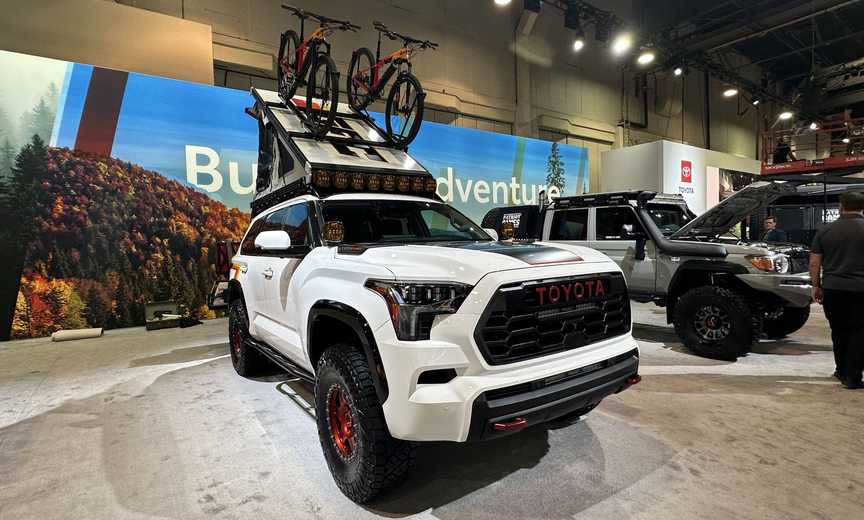 Related
Related
New Off-Road Accessories For Toyota Tundra And Tacoma Will Be Installed For Free
Toyota says vehicle accessories of all kinds are going to become big business for the brand.
According to the DOE, a big blunt rooftop cargo box can pull fuel efficiency down by up to 8% around town, 17% on local highways, and as much as 25% at interstate speeds of 65 to 75 mph. However, rear-mounted cargo trays are far less detrimental to fuel economy as they don’t experience as much drag. Naturally, having roof racks with kayaks, bikes, or the likes strapped to the top will mean you need to fill up more frequently. That’s something to keep in mind, then: remove those accessories unless you absolutely need them.
Sources:
Mobil
,
US EPA
,
US DOE
,
AAA
,
NY DOT
, J.D. Power, Car and Driver

